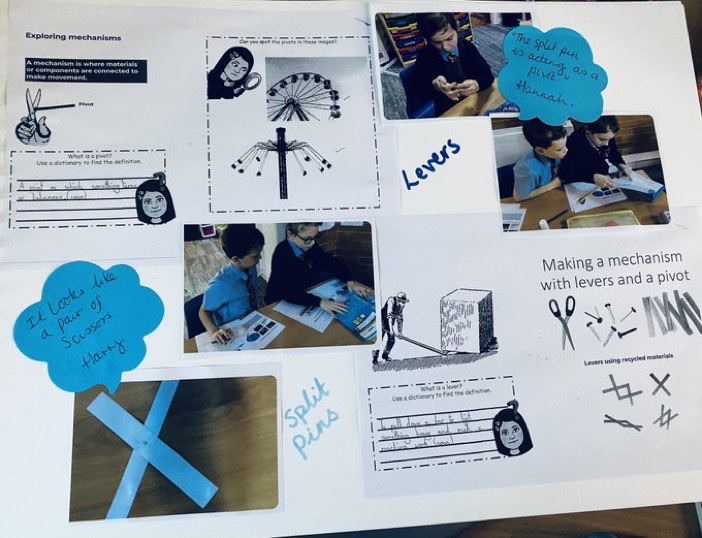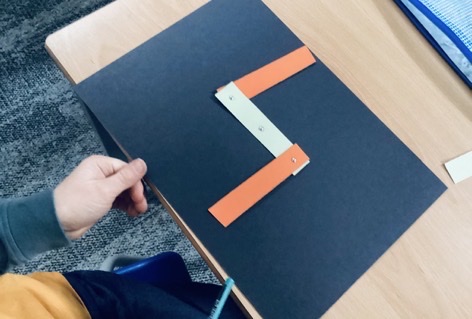Design & Technology
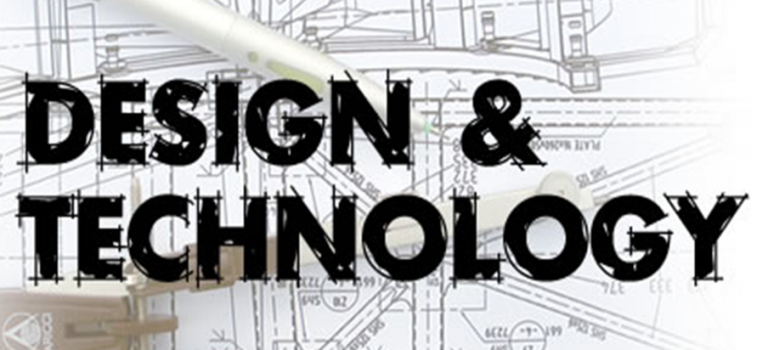
Intent:
The DT curriculum is ambitious in the range of skills and techniques delivered. Children will develop a broad skillset with journal work being a continuous thread used in all year groups. Children will also develop the vocabulary to critique DT and use technical terminology with confidence when talking about their own work, the work produced by peers and the work of established people.
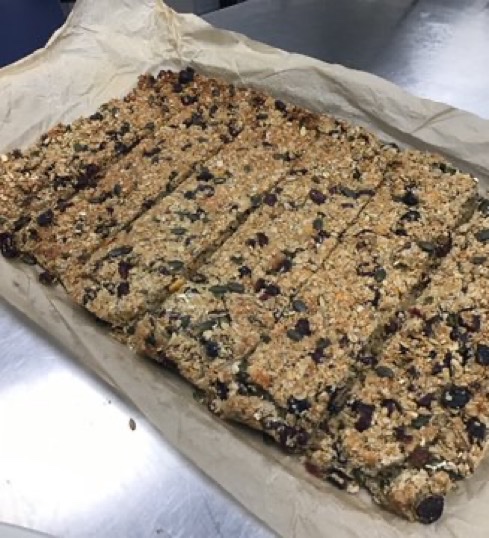
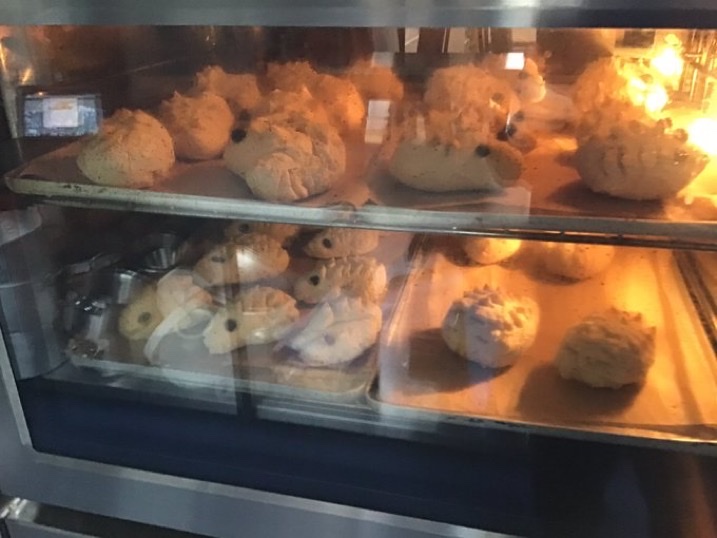
We aim to provide children with a DT education that is relevant in our rapidly changing world and a curriculum that embodies our school intent: we intend to provide a wide range of inclusive opportunities, that ensure our children have a secure body of knowledge and effective critical thinking skills, which enable them to lead life with the highest of aspirations and contribute to life in modern Britain and the global community. Through our design and technology curriculum we aspire for our children to be unusually brave and think critically. We aim to provide opportunities for pupils to discover what is possible through designing and making innovative products. We strive to push the limits and ask children to use their research to design and make innovative, creative products and want our pupils to be problems solvers. Through our DT curriculum we ensure that pupils will have opportunities to work with a wide range of mediums: textiles, food, woodwork and mechanisms. We have a knowledge rich scheme of work guided by the National Curriculum.
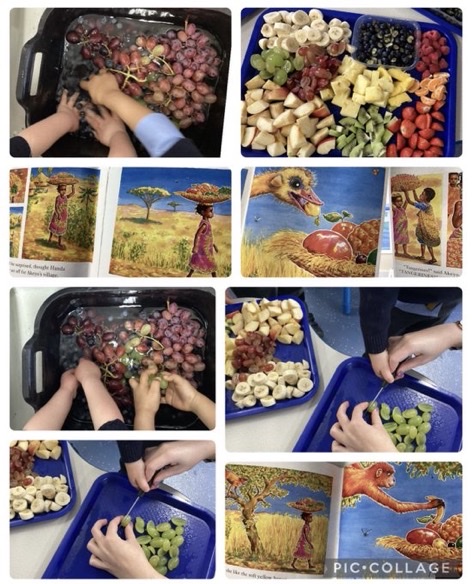
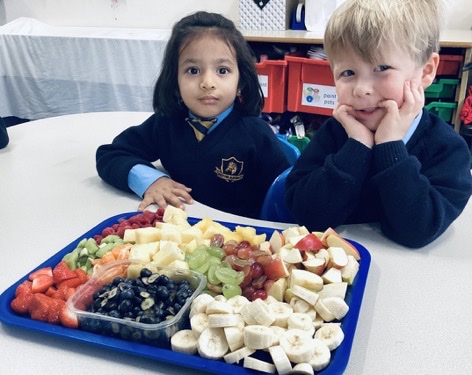
Implementation:
DT lessons begin with a critical thinking question. This aims to get children thinking about the topic and skills they will be covering as well as introducing any new/key vocabulary. This will be followed by a skill based warm up activity. The purpose of this is to revisit and apply previously taught skills. The role of the teacher is to introduce key skills, materials and ideas but ultimately allow children to explore their own creativity.
The progression plan includes critical thinking questions to ignite reflective discussion during each lesson. The questions aim to promote dialogue about the success of the focus skills, possible ideas for further improvement and opportunities for children to reflect the materials and techniques used.
The progression plan includes core knowledge and skill development for each year group. Key technical terminology is taught in context. Assessment questions provide teachers with an indicator of pupil confidence. DT floor books evidence progression of skills in all year groups.
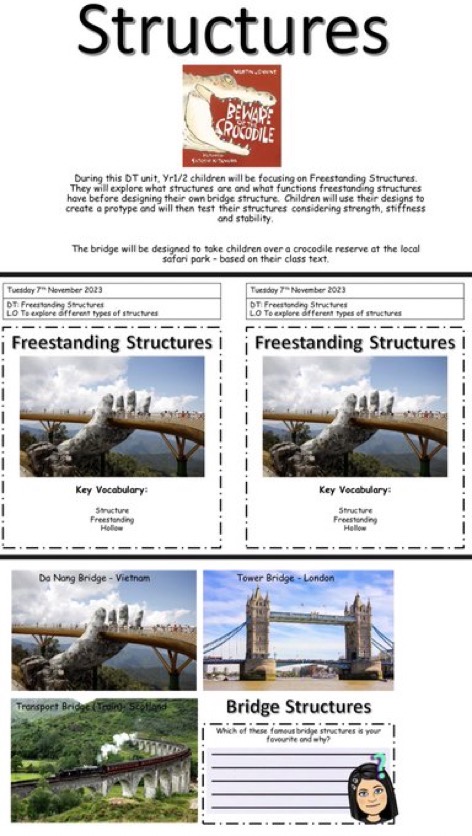
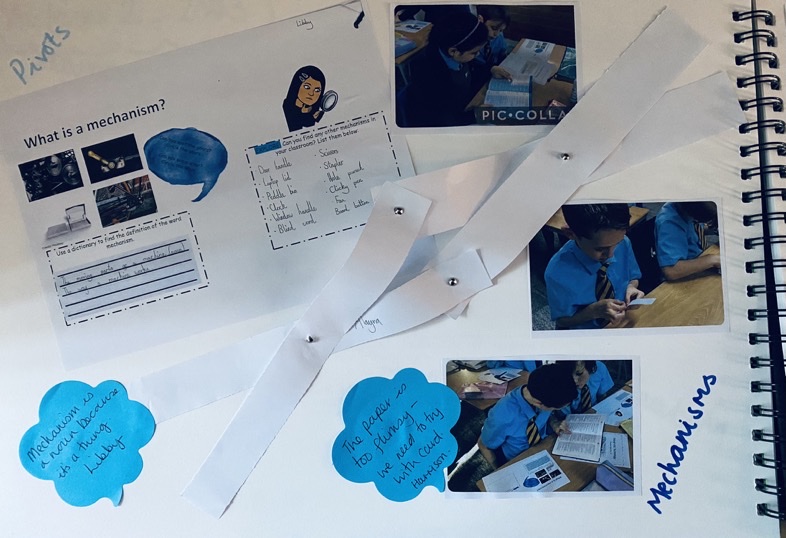
Impact:
Our Design and Technology Curriculum will enable pupils to:
-
Conduct research and look at similar models.
-
Research and find out about designers, chefs, engineers
-
Acquire skills of cutting, making, constructing, glueing and making
-
Create detailed designs with annotations for products they will make
-
Review designs and create final designs
-
Use Computer Aided Design
-
Evaluate their products
-
Develop their knowledge of products and designers
-
Consider the impact of products on the environment
-
Explore audience, purpose and function
-
Understand the importance of aesthetics when designing products
